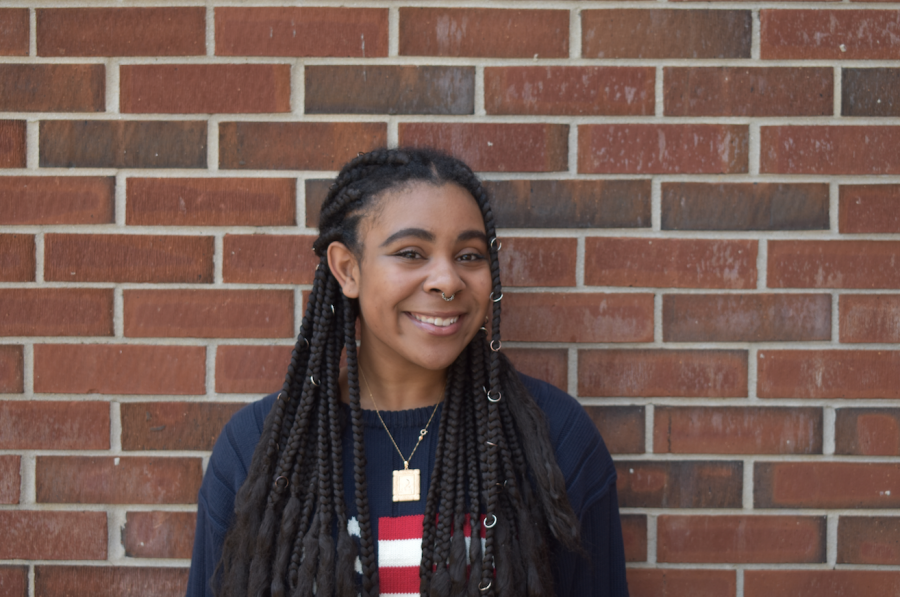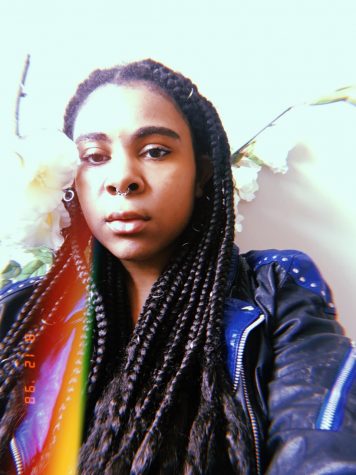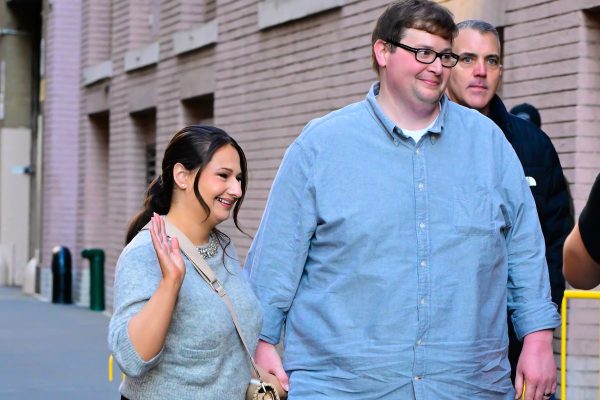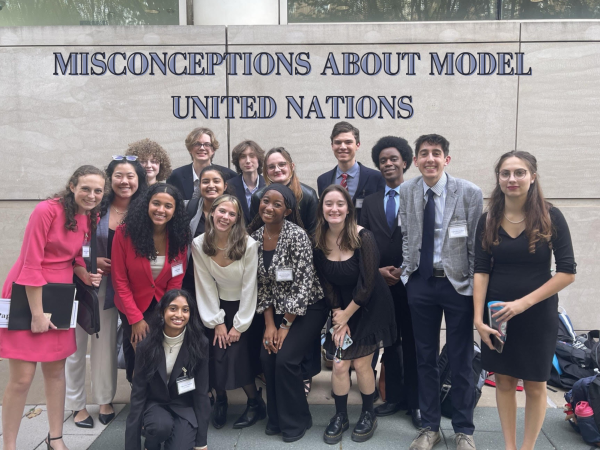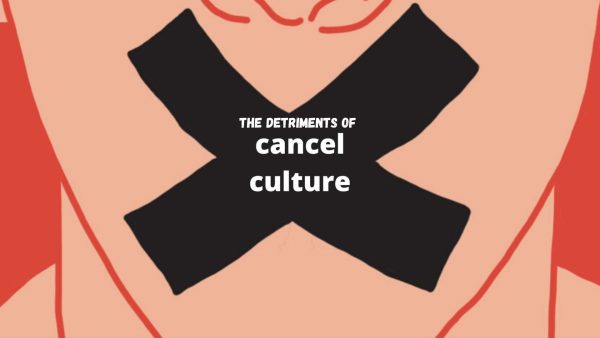A pandemic of ignorance: Investigating the dire need for LGBTQ-inclusive sexual education
October 15, 2018
Despite the progress in sociopolitical policy and culture made within recent years, LGBTQ individuals still have many battles left to fight in the war waged by heteronormative society. However, it comes as a sickening shock that the last of those stands would take place within the walls of a classroom.
Youth across America already receive a somewhat preliminary and basic overview of sexual education, leaving kids with uncertainty about safe sex practices, as well as their own anatomy, relationship dynamics, and mental/physical health practices. LGBTQ youth face a more unique and daunting set of hurdles; sexual education approached from a heteronormative perspective excludes sexual minority youth from the pages of its textbooks. This, in turn, not only breeds misinformation and ignorance regarding basic gender identity and sexual health knowledge, but also the discrimination and bullying that sexual minority youths suffer within the walls of their schools.
Discussions and education concerning gender, identity, and sexual orientation combine to create necessary components in creating a comprehensive and sufficient sexual education curriculum. Accessibility, empowerment, trans-positivity, and comprehensive evaluation of the spectrums of identity and gender shape a nuanced LGBTQ postive curriculum.
All students should have the right to education about sexual health to make informed and comprehensive decisions about their intimate lives, and the fact that the American school system implicitly and even legally bars LGBTQ-inclusive sexual eduction from textbooks enforces the prejudiced perceptions of these youth to misrepresent them as aberrant and immoral because of their sexuality. For example, despite the abolishment of sodomy laws nearly two decades ago, Alabama educators have a legal obligation to promote the view of homosexuality as deviant and criminal.
Discrimination and harassment sadly shape the reality for many LGBTQ-identifying youth within the American school system—issues of prejudice and alienation for gay, lesbian, and transgender youth evoke isolation, anxiety, and depressive symptoms of larger mental illness. Though not as impactful to individuals protected both under the law and within society as the sexual majority, inclusion and representation for LGBTQ youth saves lives.
According to the 2015 National Youth Behavior Survey, 40 percent of LGBT-identifying high school students consider suicide as the only option. Transgender youth face a similarly high risk.
The need for inclusive sexual education for LGBTQ youth reaches a dire status as the years persist. Sexual minority youth, despite erasure from sexual education programming, statistically display the most vulnerability to severe sexual health and behavioral consequences that indicate a need for inclusive education.
According to GLSEN, LGBTQ youth face more risk of premature sex with multiple partners; sex when intoxicated or under the influence of drugs; sex without the use of condoms, birth control or other forms of contraceptive; contraction of HIV and other STIs; and pregnancy. Thus, LGBTQ youth face more extreme negative sexual consquences than their heterosexual counterparts.
Harassment, discrimination, and exclusionary institutional and societal behavior fuel the mental abuse that breeds a larger public health crisis for the LGBTQ community.
Further, the inadequacy and negligence of America’s sexual education programming not only spawns the ignorance and high-risk sexual tendencies that afflict youth but also allows it to fester.
According to American Progress, legally-mandated sexual education exists in only 22 states plus the District of Columbia; of these, only 12 of the 22 states require educating students about contraception, establishing that the only parameters include the mandating of medical accuracy.
The incompetence and substandards of heteronormative sex ed programming work in conjunction with the complete absence of LGBTQ inclusive components of the curriculum; this gives insight as to why statistically disproportionate numbers of STI and HIV infections continue to plague the LGBTQ community with an untiring persistence.
According to the CDC, gay and bisexual men make up more than two-thirds of recent HIV infections within people aged 13-24, as well as about two-thirds of recent syphilis cases.
In addition, lesbian and bisexual women display a statistically higher probability to contract STDs as well as become pregnant than their heterosexual counterparts. Moreover, lesbian and bisexual women possess a statistically higher probability to have experienced coerced sexual contact along with dating violence.
In comparison, HIV rates reach exponential heights for transgender individuals over four times the national average. Transgender individuals also experience disportionately high rates of sexual violence. Within all of these statistics, transgender women of color suffer the most impact.
Overall, the LGBTQ community suffers from an HIV/STI epidemic in part due to the fact that the American education system fails to teach them how to not contract these infections; death results from exclusionary curriculum and policy. In addition, these youth also experience sexual consequences at violent intensity. These statistics however, do need to dictate the future.
The 2015 GLSEN National School Climate Survey indicated that a more inclusive education curriculum results in greater academic success for sexual minority students. Thus, inclusivity produces greater health and success for sexual minority youth. This inclusivity also proved to foster a healthier and more supportive environment for LGBTQ students, combatting the statically high experiences of harassment and discrimination that lead to mental heath issues in LGBTQ youth.
So why do resources for LGBTQ youth seem so sparse, when their purpose serves to keep these youth protected, empowered and, most importantly, alive?
LGBTQ inclusionary sexual education proves itsself as the critical next step to saving the lives of LGBTQ youth. The move for sexual minority representation in education does not persist because of a political push for liberalism, or disruption, or controversy. As long as American institutions continue to regard the concept of basic rights as relative to the societal group in question, the public will suffer LGBTQ advocacy until the American education system distributes equal rights to its students without prejudice or limitation.




